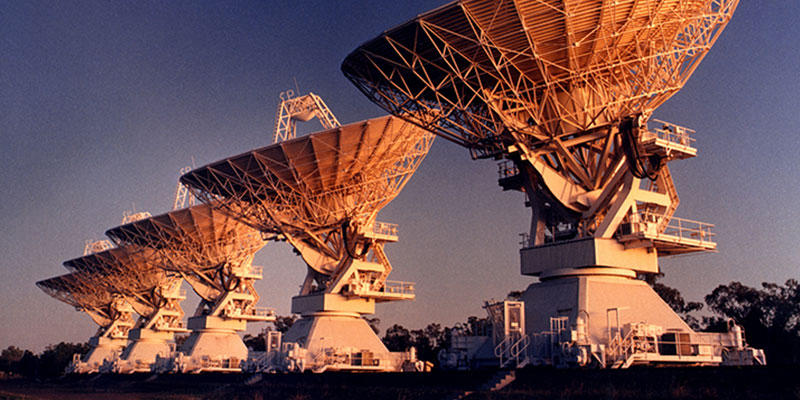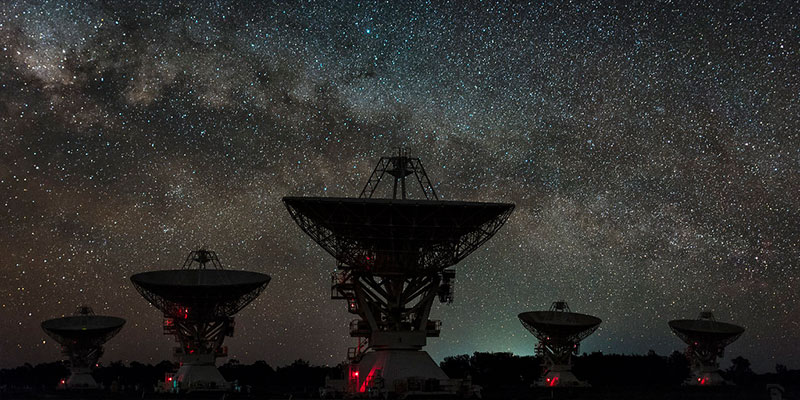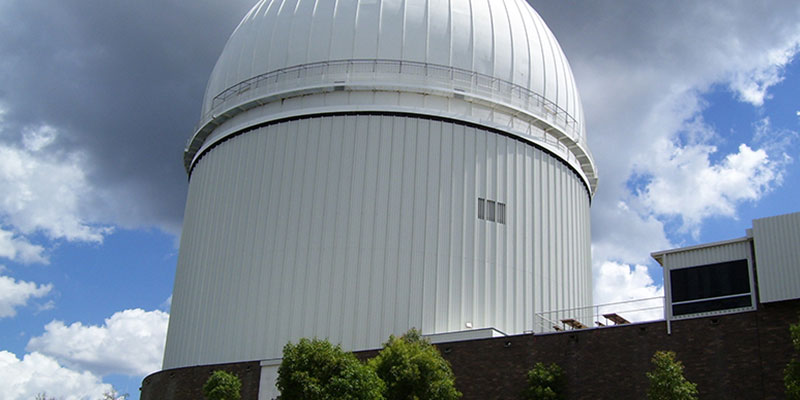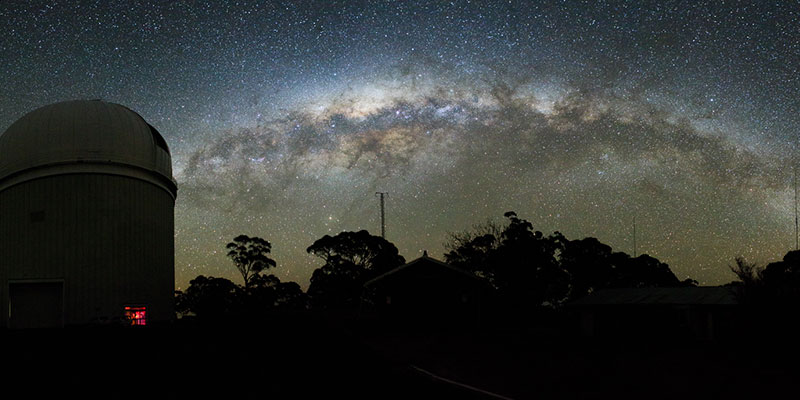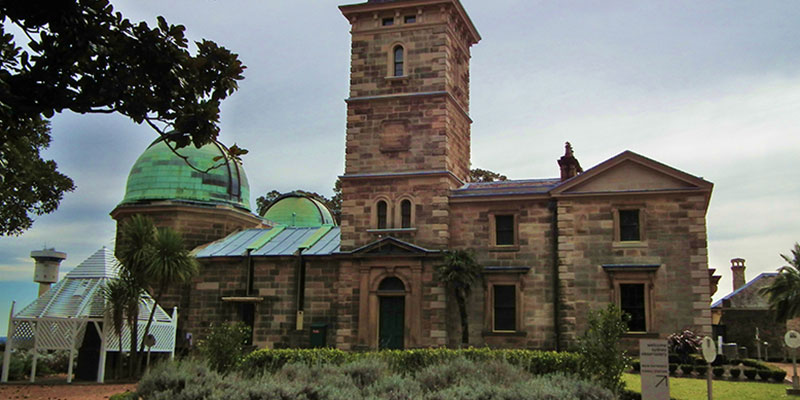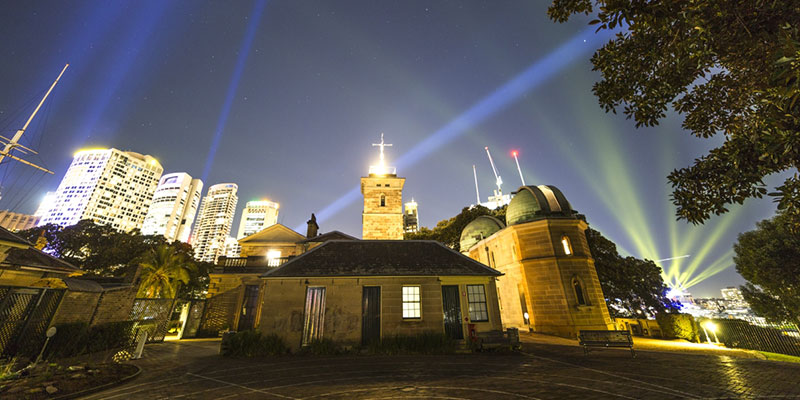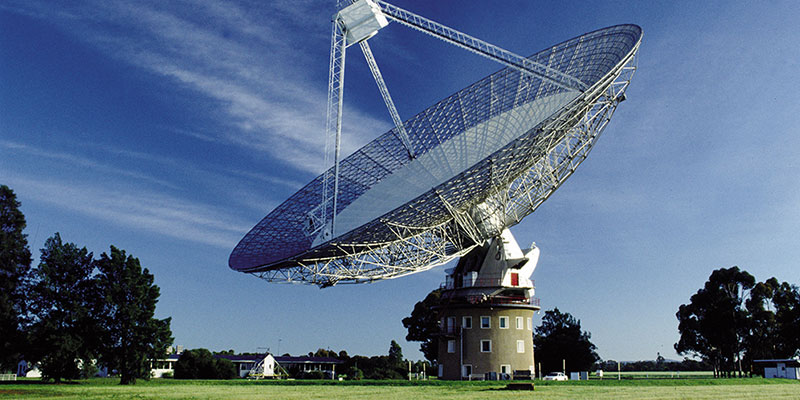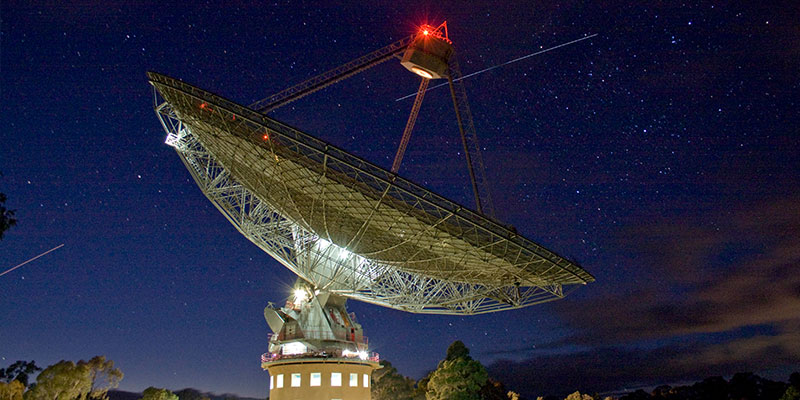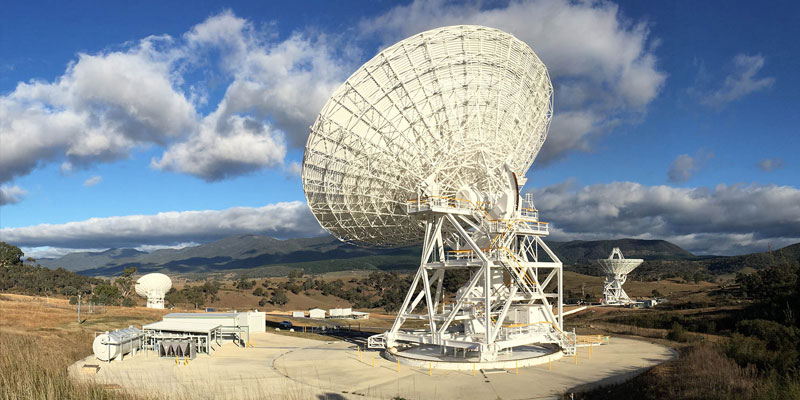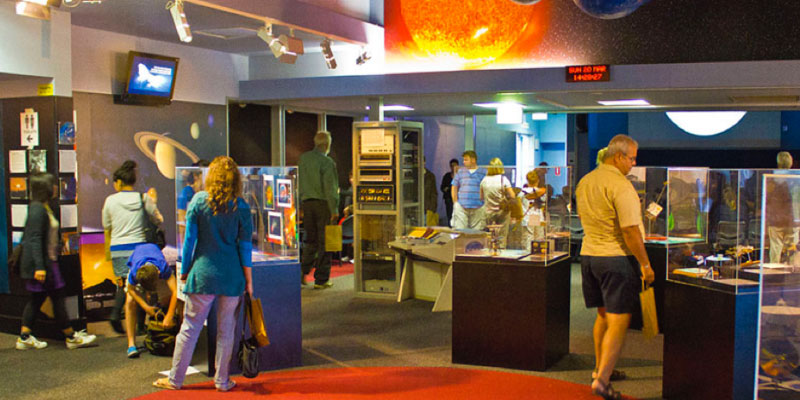Paul Wild Observatory - Narrabri
https://www.atnf.csiro.au/outreach/visiting/narrabri/index.html
Located 25km out of Narrabri, which is 420km north-west of Sydney, Paul Wild Observatory is home to one of the world’s most advanced radio telescopes – the Australia Telescope Compact Array. Belonging to the CSIRO the six 22m antennae observe star formation, the late stages of stars’ lives, supernovae and magnetic fields.
The Compact Array is a part of the Australia Telescope National Facility network of radio telescopes. The array is frequently operated together with other CSIRO telescopes, the 64-metre (210 ft) dish at the Parkes Observatory and a single 22-metre (72 ft) dish at Mopra (near Coonabarabran), to form a very long baseline interferometry array.
The Array welcomes visitors from the general public. The facility includes a Visitor's Centre where the operations of the array can be observed in comfort. The surrounding grounds have displays and activities for all to enjoy.
